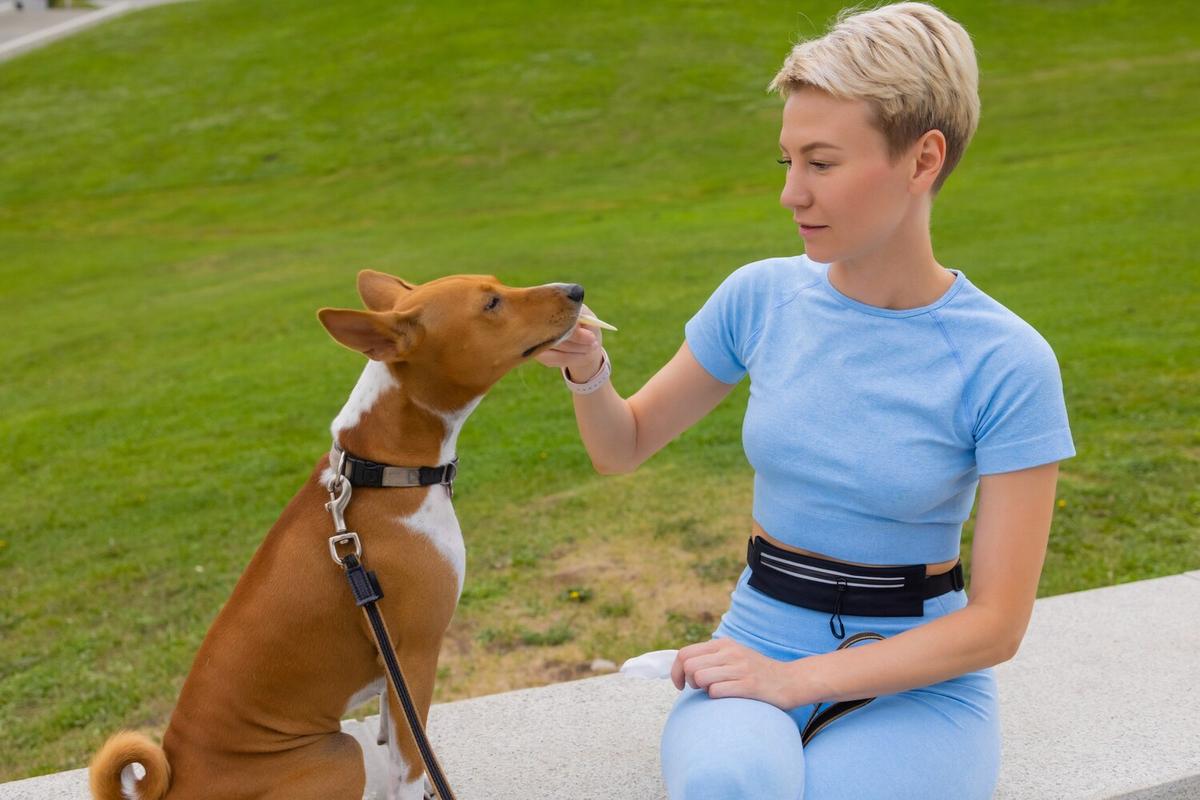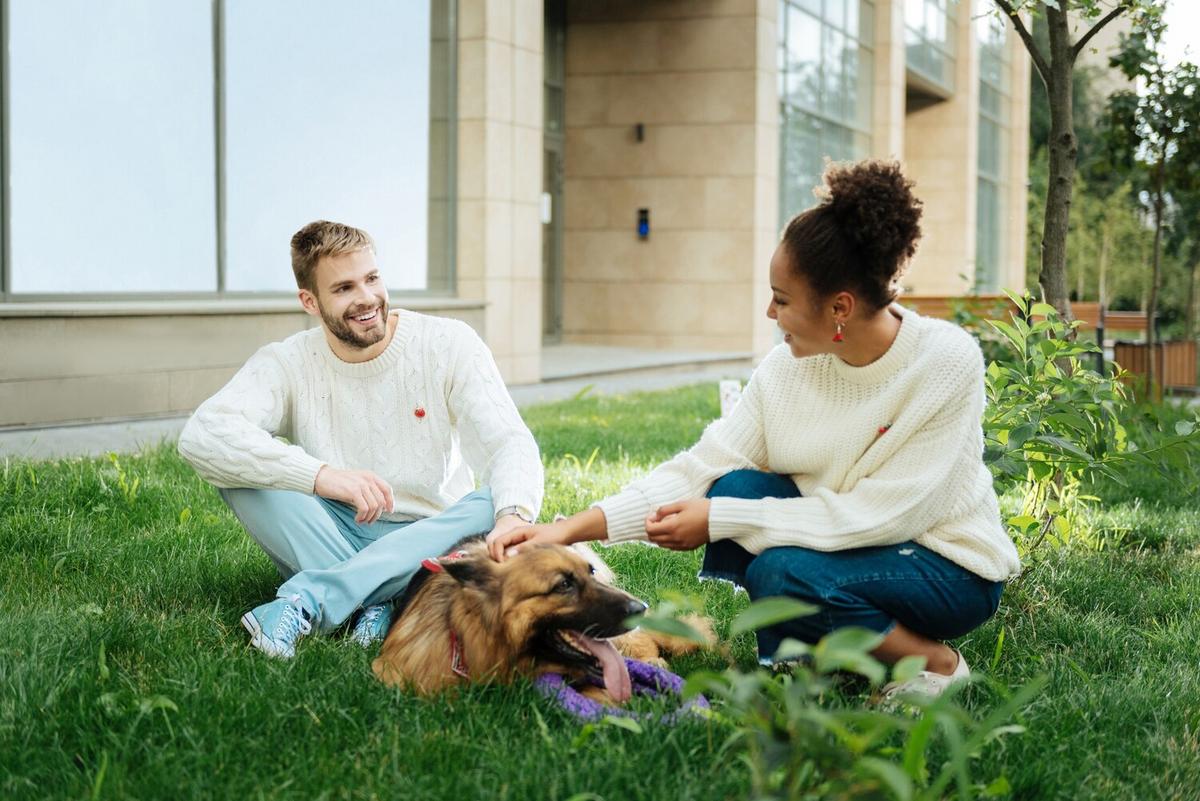
Crate Training Your Dog: A Step-by-Step Guide
Crate training can be a highly effective method for training your dog, providing them with a safe and comfortable space to retreat to. Whether you’re bringing home a new puppy or working with an older dog, understanding how to effectively use a crate is crucial for successful training.
Understanding Crate Training
Crate training involves using a crate as a tool to help manage your dog’s behavior. According to veterinary experts, a crate provides a den-like space that appeals to a dog’s instinctual need for a safe haven. This method not only aids in housebreaking but also offers a secure environment for your pet when you’re not around.
Benefits of Crate Training
- Housebreaking: A crate helps in teaching bladder and bowel control.
- Safety: Keeps your dog safe when unsupervised.
- Travel: Makes car rides and overnight stays easier.
- Prevention of Destructive Behavior: Limits access to the rest of the house when unsupervised.
Step-by-Step Guide
- Choose the Right Crate: Select a crate that is large enough for your dog to stand, turn around, and lie down comfortably.
- Introduce the Crate Gradually: Make the crate inviting by placing a soft blanket and some toys inside.
- Encourage Exploration: Use treats and praise to encourage your dog to explore the crate.
- Start with Short Periods: Begin by closing the door for a few minutes while you are nearby.
- Gradually Increase Time: Slowly extend the amount of time your dog spends in the crate.
- Maintain a Routine: Consistency is key, so try to establish a regular schedule for crate time.
Comparison Table: Crate Materials
| Material | Pros | Cons |
|---|---|---|
| Plastic | Lightweight, easy to clean | Less ventilation |
| Wire | Good airflow, collapsible | Heavier, less cozy |
| Soft-sided | Portable, comfortable | Less durable |
| Wooden | Stylish, blends with home decor | Heavy, expensive |
| Metal | Durable, secure | Can rust, more expensive |
| Fabric | Lightweight, good for travel | Not for chewers |
| Hybrid | Versatile, customizable | Varies by type |
| Aluminum | Strong, corrosion-resistant | Expensive, less insulation |
Frequently Asked Questions
How long does crate training take?
The time it takes to crate train a dog varies. Some dogs adapt quickly within a few days, while others may take several weeks.
Is it okay to leave a dog in a crate all day?
No, it is not advisable to leave a dog in a crate for extended periods. Limit crate time to a few hours and ensure plenty of exercise and interaction.
Can crate training help with separation anxiety?
Yes, when done correctly, crate training can help alleviate anxiety by providing a sense of security.
Conclusion
Crate training your dog can be a rewarding process, offering them a sense of security and helping you manage their behavior effectively. Remember to be patient, consistent, and positive throughout the training. For more information on enhancing your dog’s training experience, check out resources from reputable pet care websites.


